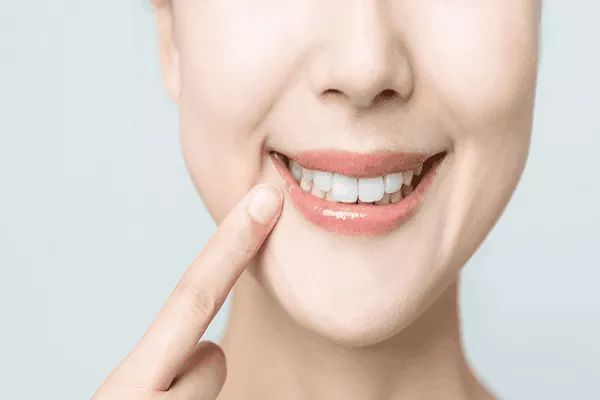Gum disease, also known as periodontal disease, is a common oral health issue that affects millions of people worldwide. It is caused by bacteria that accumulate in the mouth, leading to inflammation and infection of the gums. While proper oral hygiene practices such as brushing and flossing are essential for preventing gum disease, can they actually cure it? In this comprehensive guide, we’ll explore the relationship between brushing and gum disease and whether brushing alone is sufficient to cure this prevalent condition.
Understanding Gum Disease
Before delving into the effectiveness of brushing in curing gum disease, it’s essential to understand what gum disease entails. Gum disease occurs in two main stages: gingivitis and periodontitis. Gingivitis is the early stage of gum disease characterized by inflammation of the gums, while periodontitis is a more severe form of gum disease that affects the supporting structures of the teeth, including the bone and ligaments.
The Role of Brushing in Preventing Gum Disease
Proper oral hygiene practices, including brushing twice a day and flossing daily, play a crucial role in preventing gum disease. Brushing helps remove plaque, a sticky film of bacteria that forms on the teeth and gums, preventing the buildup of tartar and reducing the risk of gum inflammation. Additionally, brushing stimulates the gums, promoting blood circulation and maintaining their health.
Can Brushing Cure Gum Disease?
While brushing is essential for preventing gum disease, it is not a cure for the condition, especially in its more advanced stages. Gingivitis, the early stage of gum disease, can often be reversed with proper oral hygiene practices, including regular brushing and flossing, along with professional dental cleanings. However, once gum disease progresses to periodontitis, the damage to the gums and supporting structures of the teeth is irreversible.
Limitations of Brushing Alone
While brushing is an essential component of good oral hygiene, it has its limitations when it comes to treating gum disease. Brushing alone cannot remove tartar, a hardened form of plaque that forms on the teeth and below the gumline. Tartar can only be removed through professional dental cleanings performed by a dentist or dental hygienist. Additionally, advanced cases of gum disease may require more aggressive treatments such as scaling and root planing or surgical intervention to address the damage to the gums and surrounding tissues.
The Importance of Comprehensive Treatment
Effective treatment of gum disease requires a comprehensive approach that addresses both the symptoms and underlying causes of the condition. While brushing and flossing are essential components of this approach, they must be supplemented with professional dental care and, in some cases, specialized treatments such as antibiotics or periodontal surgery. Regular dental check-ups are also crucial for monitoring the progression of gum disease and adjusting treatment as needed.
Conclusion
In conclusion, while proper oral hygiene practices such as brushing are essential for preventing gum disease, they are not sufficient to cure the condition, especially in its more advanced stages. While brushing can help reverse early-stage gum disease (gingivitis) when combined with regular dental cleanings, more advanced cases of gum disease (periodontitis) require comprehensive treatment approaches that address the underlying causes of the condition. Therefore, while brushing is an essential part of maintaining oral health, it should be complemented with professional dental care to effectively treat gum disease and prevent its progression.
What can you use for gingivitis?
Does Salt Water Rinse Help Gingivitis
Can Salt Water Help With Gum Disease






























